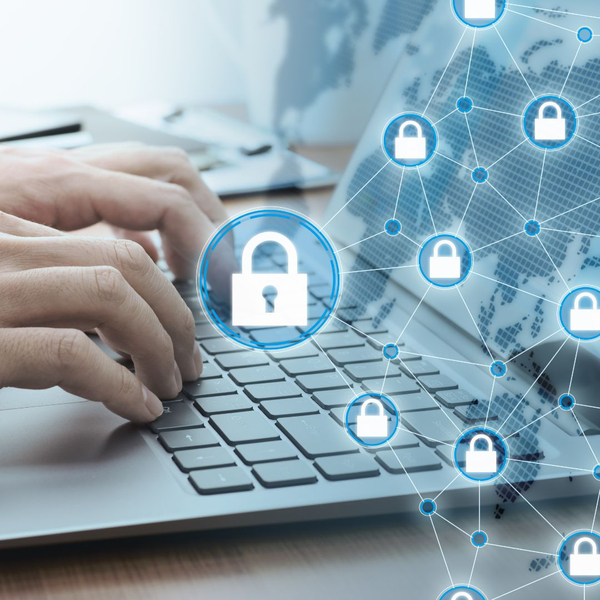Some industry analysts are heralding ChatGPT as the solution to many cybersecurity problems. After all, hackers are using artificial intelligence to boost the scale and frequency of their attacks to unprecedented levels. Organizations are recognizing the need to leverage AI and machine learning to fight back against the onslaught.
It’s important to not lose sight of the first half of that equation. Hackers are already using AI, and ChatGPT gives them a new, powerful tool. Beyond AI-supported password guessing, advanced persistent threats and automated penetration testing, ChatGPT opens up sophisticated capabilities for the least sophisticated hackers.
For example, ChatGPT enables phishing at a scale that wasn’t possible before and removes some of the key indicators of phishing. Organizations will have to retool their processes for detecting and neutralizing phishing attacks.



